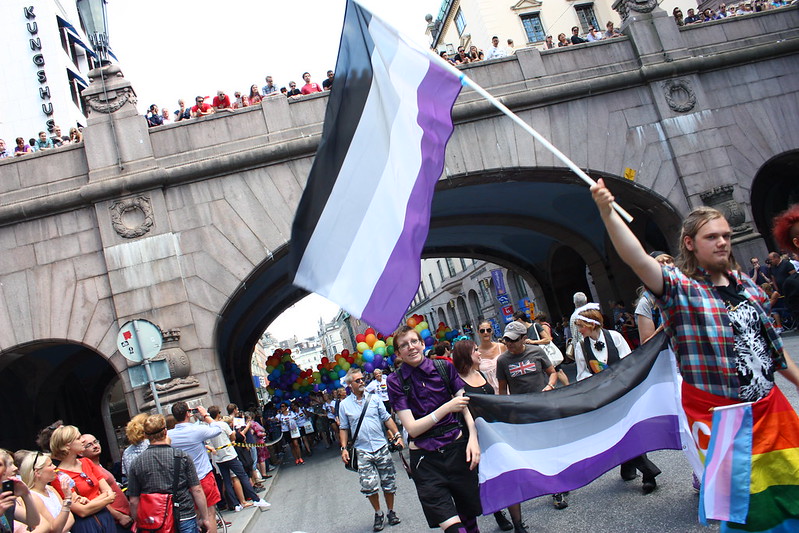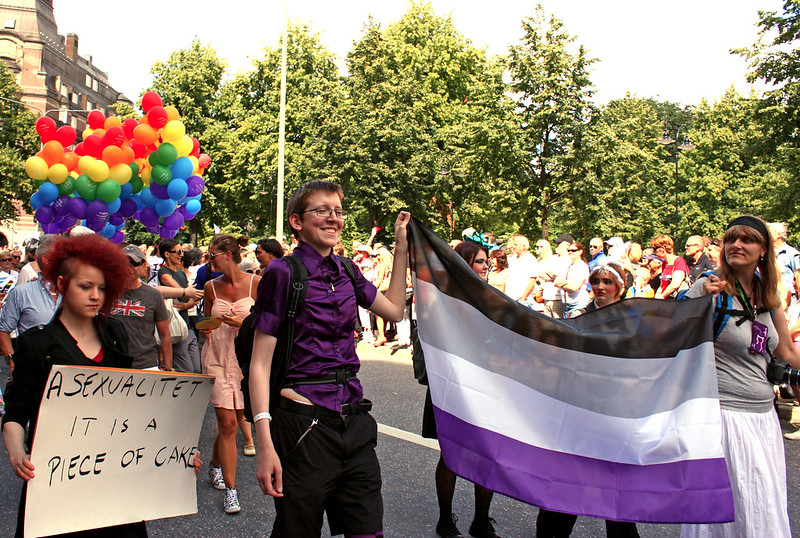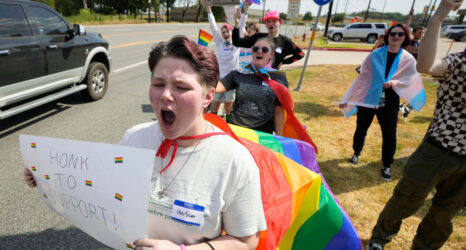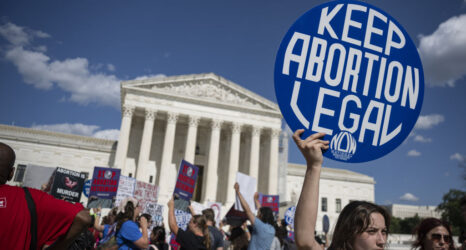We must recognize those underappreciated and misunderstood in the LGBTQIA+ community in this time of need—most notably the A. It’s time for us to reclaim our letter.

In an infuriating yet unsurprising turn of events, Florida has recently proposed an anti-LGBTQIA+ bill that, if signed into law, will restrict discussions about sexual and gender identity in classrooms. Florida’s “Don’t Say Gay” bill would ban schools from having open and honest lessons about LGBTQIA+ oppression, history and identities. Evidently, feminists will be in this battle for the long haul, as at least seven states have introduced bills similar to the “Don’t Say Gay” bill that would limit and silence LGBTQIA+ struggles and issues discussed in schools. With concerns for what this might mean for LGBT youth in these states growing, we must recognize those underappreciated and misunderstood in the LGBTQIA+ community in this time of need—most notably the A.
For too long, the asexual community, or aces, have been invisible to the feminist and queer movements. Although issues concerning class, race, gender and the LGBT+ community are valid and important, allosexual feminists often forget the “+” at the end of the acronym. And when we aren’t just a “+,” we don’t even own our letter. That’s right, the “A” in LGBTQIA+ stands for asexual (and aromantic, agender and androgyny—we see you too!). It’s time for us to reclaim our letter.
Most people have heard of lesbian, gay, trans and queer, but a surprisingly small number know what asexuality is when we’re not talking about how cells reproduce in biology. For those who do know about asexuality, they often don’t explain it correctly or misunderstand it. However, this is often due to our lack of visibility from these movements, so these well-meaning feminists unfortunately lack guidance. Simply put, asexuality refers to not, rarely or conditionally experiencing sexual attraction.
Asexuality may be used as an identity term and shortened to “ace,” or it may be used as an umbrella term because asexuality is a spectrum. For example, those who experience no/rare sexual attraction may identify as ace, those who experience rare/low sexual attraction may consider themselves graysexual/gray asexual/gray ace, and demisexual/demi asexual/demi ace refers to those who need a strong emotional/intimate connection to someone before sexual attraction is a possibility. Folks who identify on the asexual spectrum, or the acespec, may be collectively referred to as acespecs or simply aces. Those who do experience sexual attraction are called allosexual, or simply allo. Allosexuals would include pansexuals, heterosexuals, bisexuals and more.
It’s important to note that asexuality is different from sex drive, arousal, celibacy or abstinence. Asexuality isn’t a lifestyle. We aces all have different attitudes towards sexual activity, which can be broken down into three general dynamics: sex-favorable, sex-indifferent and sex-averse. Folks who are sex-favorable may participate in and like sexual activities. Sex-indifferent aces may be open to sexual activities. Aces who are sex-averse may not want to participate in or dislike sexual activities. There are as many ways to be ace as there are aces.

Our experiences as aces are very different from allos. As Ela Przybylo mentioned in her book Asexual Erotics, aces struggle with being recognized as a valid sexual and queer identity. Our invisibility has created room for misrepresentations and misconceptions (both intentional and not) about our identities and realities. Ace culture and experiences are often not researched or accounted for in feminist and queer writing, according to KJ Cerankowski and Megan Milks’s article “New Orientations: Asexuality and Its Implications for Theory and Practice.”
Because of this, it’s vital that allos stand with us in solidarity, include our voices in conversations about sexuality and center them in ones about asexuality and acknowledge their limited views as allos. Most importantly, allo feminists must form coalitions with the ace community to not only help us be more visible and amplify our voices, but also shape the ever-evolving feminist movement to be better and more inclusive.
These issues will only worsen with bills targeting the LGBTQIA+ community, and aces may be pushed into the shadows of invisibility. We cannot and will not let this happen. We aces must lead the way in addressing harmful discourses, create space where none is given to us, and not be afraid of being visible in a heteropatriarchal society that tries to make us disappear. This is me inviting myself to the feminist table as an ace, and for other aces who need it, this is me formally inviting you to the table as well. So, bring out your folding chairs and take a seat. We have cake.
Up next:





